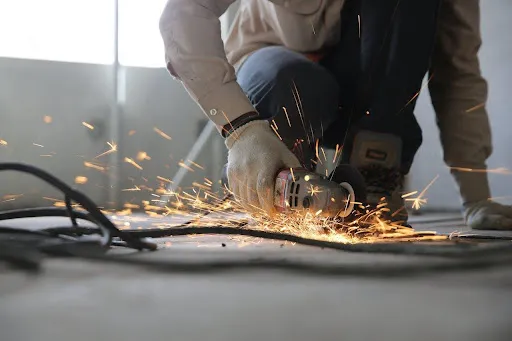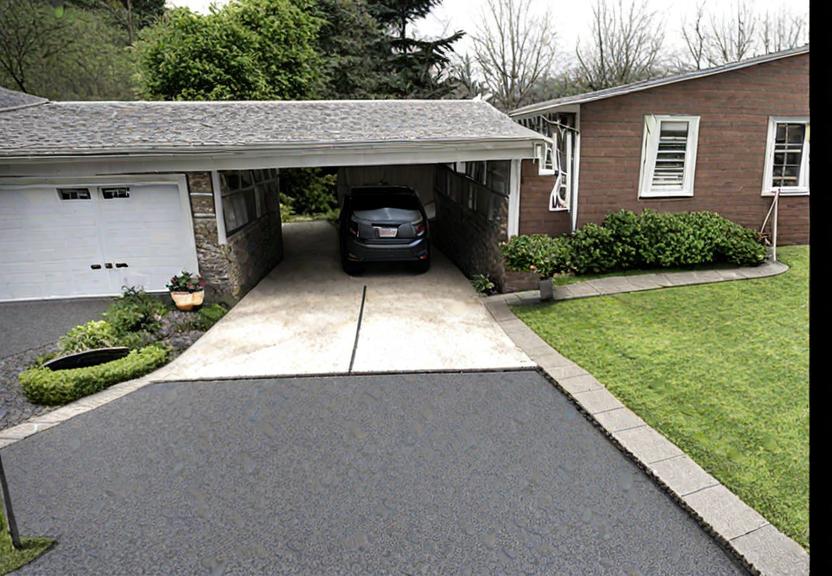Miami, a city renowned for its vibrant culture, stunning beaches, and dynamic architecture, is a place where construction projects often mirror the city’s spirit of innovation and style. Whether it’s a new commercial development in Downtown Miami or a residential renovation in Coral Gables, undertaking a construction project in this bustling city requires careful planning and consideration.
Embarking on a construction project can be an exciting venture, but it’s also complex and filled with challenges. From understanding local regulations to choosing the right contractors, every decision can significantly impact the project’s success.
If you’re planning a construction project in Miami or anywhere else, there are several key things you need to know before diving in. This article will walk you through essential considerations and tips to help you navigate the process smoothly and effectively. Let’s explore what it takes to turn your construction vision into a reality.
Table of Contents
Plan for Logistics and Timeline
Detailed planning for logistics and timeline involves creating a phased plan that outlines each stage of the construction process. Consider factors like the best time to start the project (taking into account seasons and weather), how to sequence different phases, and how each decision might affect the overall timeline. It’s also important to communicate this plan to your team and regularly review progress to stay on track.
Another thing you may want to consider is how you’re going to move materials. You could opt for local movers in Miami, such as Solomon and Sons Relocation, if your project is in that city. They can ensure that your construction materials or furniture arrives at the destination without issue.
Understand Your Project’s Scope
Defining your project’s scope in detail is vital. Consider aspects like the size of the project, specific design elements you want, and the functionality you’re aiming for. This could involve detailed discussions with architects or designers. Understanding your project’s scope helps set clear expectations and avoid scope creep, which can lead to increased costs and time delays.
Set a Realistic Budget
Beyond the basics, setting a realistic budget involves understanding market rates for labor and materials and being aware of current economic trends that could affect costs. It’s also wise to research potential tax benefits or local grants, especially for projects that include eco-friendly or energy-saving elements. Always keep your budget updated throughout the project to reflect any changes or unforeseen expenses.
Hire the Right Team
Hiring the right team goes beyond checking credentials and portfolios. Conduct interviews to ensure your contractors and architects understand your vision and can communicate effectively. Look for professionals who have experience with projects similar to yours. Don’t hesitate to ask for recent references or to visit ongoing projects to see their work firsthand.
Know Local Regulations and Permits
In-depth knowledge of local regulations and permits is critical to avoid legal issues. In some areas, there might be specific guidelines about height restrictions, building materials, or historical preservation. It’s often beneficial to work with local experts who are familiar with these regulations. They can help navigate the permitting process more efficiently and ensure your project complies with all local codes.
Consider Environmental Impact
Considering the environmental impact of your project includes looking into sustainable building practices that minimize waste and reduce the carbon footprint. This might involve using recycled or locally sourced materials, implementing water conservation practices, or designing with natural light and ventilation in mind. An environmentally friendly approach can also make your project more appealing to eco-conscious buyers or tenants.
Address Aging-in-Place Needs
For projects aimed at long-term occupancy, especially for aging homeowners, it’s critical to consider features that support aging in place. This includes wider doorways for wheelchair access, slip-resistant flooring, lower countertop heights, and even user-friendly technology. Incorporating these features can significantly extend the time homeowners can live independently and comfortably in their own homes.
Upgrade for Luxury and Pleasure
Upgrading your home for luxury and pleasure often means tailoring spaces to your personal interests and lifestyle. This could involve creating a custom home gym, a luxurious outdoor living space, or a high-end home theater. When planning these upgrades, consider both current trends and timeless designs to ensure these spaces add both enjoyment and value to your home.
Repair and Maintenance
Effective repair and maintenance go beyond fixing immediate issues. It involves assessing your home for potential future problems and addressing them proactively. For instance, during a remodeling project, inspecting for and fixing hidden issues like poor insulation or outdated wiring can prevent costly repairs later. Regular maintenance, such as roof inspections and gutter cleaning, also plays a crucial role in the longevity of your home.
Prepare for Changing Family Dynamics
Adapting to changing family dynamics might mean converting spare rooms into functional spaces like home offices or playrooms or even considering additions like in-law suites for multigenerational living. Think about flexible designs that can adapt to different uses over time, ensuring that your home can evolve with your family’s needs.
Enhance Outdoor Living
For outdoor living enhancements, consider how the space will be used throughout the year. Features like an outdoor kitchen, fire pit, or a well-designed patio can make the space more enjoyable. Also, think about landscaping and outdoor lighting, which not only improve aesthetics but also the functionality and safety of your outdoor space.
Personal Satisfaction and Achievement
Finally, the personal satisfaction and achievement derived from a well-executed construction project are immeasurable. Seeing your vision come to life, especially if it involves personal design choices or unique features, brings a sense of pride and joy. Celebrate the completion of your project, knowing it’s a reflection of your hard work and dedication.
Conclusion
Planning a construction project is a multi-faceted endeavor that requires careful thought, planning, and execution. Whether you’re undertaking a small renovation or a large-scale build in Miami, being well-informed and prepared can make a significant difference in the success of your project. By considering these key points, you can navigate the complexities of construction with confidence and see your vision come to life. Remember, a successful construction project is the result of meticulous planning, a great team, and a flexible, proactive approach.





